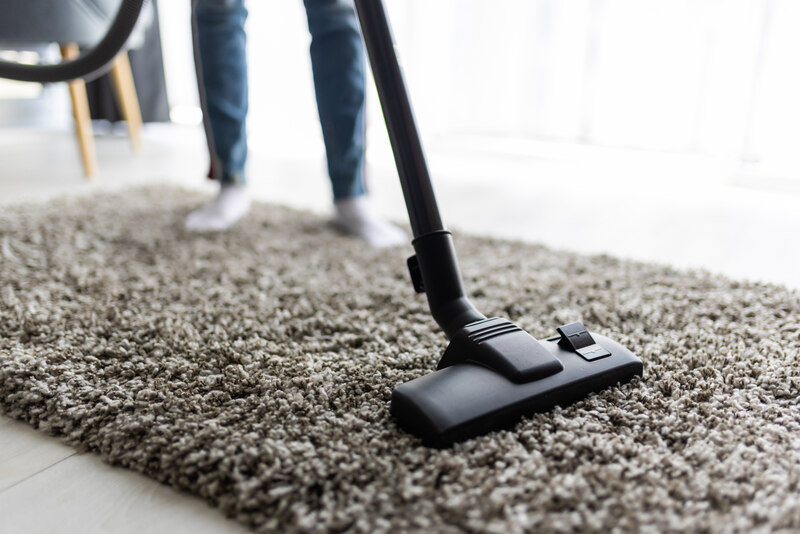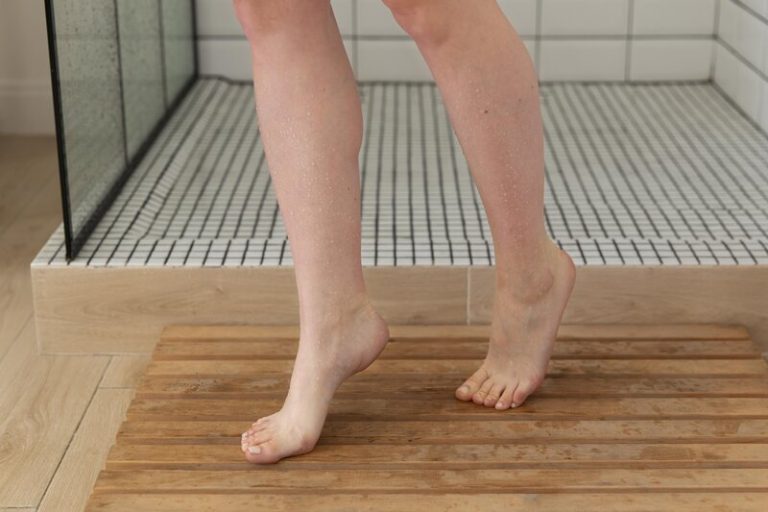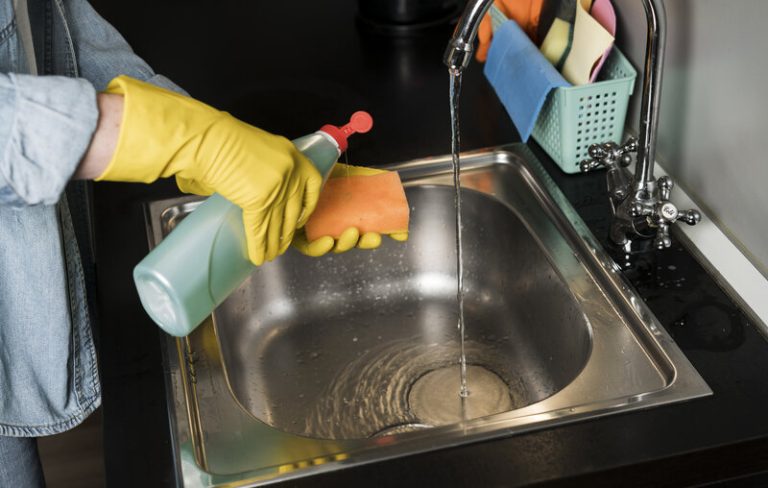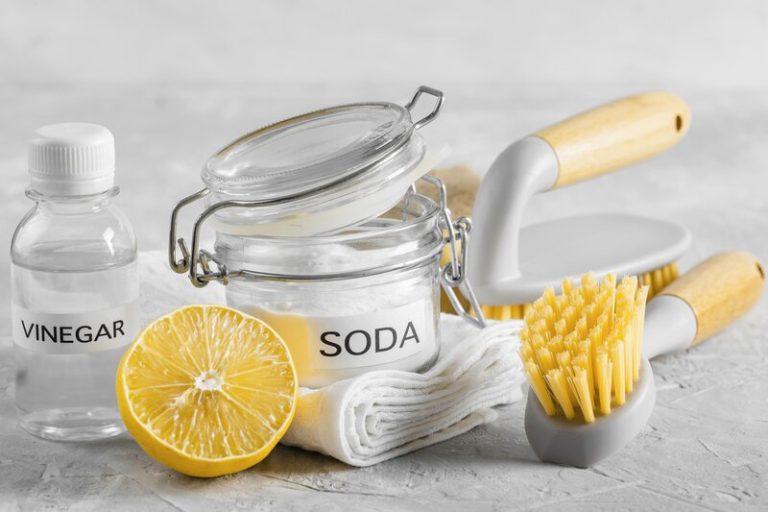Are you wondering how to dry the carpet after cleaning so that it can be completely dry?
In this step-by-step guide, we will explore the importance of drying a carpet, different methods for drying, precautions to take before drying, and tips for maintaining a clean and dry carpet.
Whether you choose to air dry, use a carpet dryer, dehumidifier, or wet/dry vacuum, we’ve got you covered.
Learn how to prevent mould and mildew growth on a wet carpet and keep your carpet looking fresh.
Drying a Carpet After Cleaning: A Step-By-Step Guide
Drying a carpet after cleaning is crucial to prevent mould or mildew, ensuring a clean and healthy environment. The process involves several steps to effectively dry the carpet and eliminate excess moisture.
One common method for drying carpets is air drying. This involves opening windows and using fans to promote airflow. Another effective approach is using a carpet dryer specifically designed for this purpose.
For example, if you are asking how to dry carpet quickly after cleaning, then you should use a dehumidifier to extract moisture from the air and carpet.
If dealing with stubborn wetness, a wet/dry vacuum can be used to suction out any remaining moisture.
During the drying process, it’s also advisable to blot the carpet with a clean towel to absorb any excess water. This helps accelerate the drying time and prevent potential mould growth.
So, if you are asking should carpet be damp after cleaning, then the answer is of course yes.
The Importance of Drying Carpets After Cleaning
Understanding how to dry the carpet after cleaning is essential to prevent moisture build-up that can cause mould and mildew to grow. It also helps maintain the integrity of the carpet underlay and ensures a professional cleaning service.
When carpets are cleaned, they absorb a significant amount of moisture, especially if deep cleaning methods are used. Without proper drying, this trapped moisture can create a breeding ground for mould and mildew, posing health risks and damaging the carpet fibres.
Inadequate drying can compromise the underlay beneath the carpet, reducing its lifespan and structural integrity. Therefore, you must know how to dry carpet after carpet cleaning to prevent this.
Professional drying services use specialised equipment like dehumidifiers and air movers to expedite the drying process, ensuring thorough moisture removal.
By prioritising post-cleaning carpet drying, homeowners can safeguard their indoor environment, prolong the life of their carpets, and maintain hygienic living space.
The Different Methods for Drying a Carpet
How to dry carpet after washing? Basically, there are several methods can be employed to dry a wet carpet efficiently after cleaning, including air drying, using a carpet dryer, employing a dehumidifier, and utilising a wet/dry vacuum for stubborn spots.
When opting for air drying, the natural circulation of air helps in gradual drying without the need for additional equipment. This method is ideal for smaller areas and mild dampness.
Using a carpet dryer accelerates the drying process by blowing warm air directly onto the wet carpet, making it perfect for larger areas or more considerable water absorption.
Employing a dehumidifier is beneficial in humid environments as it removes excess moisture from the air, speeding up the drying time and preventing mould growth.
For specific stubborn spots, a wet/dry vacuum comes in handy as it effectively extracts water from deep within the carpet fibres, preventing water damage and mildew.
a. Air Drying
Air drying is a natural and effective method to dry a carpet after cleaning by allowing proper airflow to eliminate excess moisture and water from the fibres.
One of the key advantages of air-drying carpets is that it helps prevent mould and mildew growth, which often thrives in damp environments. By promoting airflow, moisture trapped in the carpet can evaporate swiftly, reducing the risk of microbial infestation.
To optimise the air drying process, ensure there is ample ventilation in the room where the carpet is placed. Placing fans strategically to enhance airflow can expedite the drying time significantly. Consider using dehumidifiers to further reduce moisture levels in the air, aiding in the drying process.
b. Using a Carpet Dryer
Furthermore, if you ask what helps carpets dry faster, then one answer is to use a carpet dryer.
Utilising a carpet dryer accelerates the drying process by generating warm air and enhancing airflow, effectively removing moisture from the carpet fibres.
When the carpet dryer is switched on, it sucks in surrounding air which is then passed over heating elements to generate warm air. This warm air is then blown out across the wet carpet, facilitating rapid evaporation of moisture. The enhanced airflow ensures that the dampness is lifted up and away from the carpet fibres, preventing any potential mould or mildew growth. By promoting quick drying, carpet dryers help preserve the integrity of the flooring and reduce the risk of water damage.
c. Using a Dehumidifier
A dehumidifier can be employed to reduce humidity levels in the room, aiding in faster carpet drying by extracting excess moisture from the air and carpet fibres.
By effectively lowering the moisture content, dehumidifiers play a crucial role in preventing mould growth and foul odours that often accompany prolonged exposure to damp environments. In the process of drying a water-soaked carpet, these devices help maintain a conducive atmosphere for evaporation, expediting the drying method significantly. With their ability to remove water vapour from the air, dehumidifiers enhance the efficiency of other drying equipment such as fans or heaters, leading to quicker and more thorough drying outcomes. Utilising a dehumidifier alongside traditional drying methods can not only accelerate the restoration process but also ensure a more complete removal of moisture, reducing the risk of structural damage and microbial growth.
d. Using a Wet/Dry Vacuum
Using a wet/dry vacuum can help tackle stubborn wet spots on the carpet by suctioning out excess water and moisture, facilitating quicker drying.
Wet/dry vacuums are highly versatile tools that provide a convenient solution for dealing with wet areas around the home or workspace. Whether it’s spilt drinks, pet accidents, or leaks, these vacuums can efficiently extract liquid messes, preventing potential water damage and mould growth.
Water extraction using a wet/dry vacuum is not only effective in drying carpets but can also aid in mitigating water-related issues in basements, garages, and other areas prone to moisture build-up. By combining powerful suction capability with a robust drying method, these vacuums offer a comprehensive approach to managing wet messes.
The Precautions to Take Before Drying a Carpet
Before initiating the drying process, it is crucial to remove excess water, check for colourfastness, and test for any residue to ensure a successful and safe carpet drying experience.
By removing excess water, you prevent mould and mildew growth, as moisture trapped in the fibres can lead to a breeding ground for these harmful elements, posing health risks. Checking for colourfastness is important to avoid colours bleeding or fading during the drying process, ensuring your carpet retains its original appearance. Testing for residue helps prevent any damage that residues might cause to your carpet fibres or the flooring beneath, maintaining the quality of your carpet.
a. Remove Excess Water
Promptly removing excess water from the carpet surface using towels or a wet/dry vacuum is crucial to prevent moisture seepage into the underlay and accelerate the drying process.
By removing the excess water promptly, you are not only preventing potential water damage but also setting the stage for a more effective drying process. Efficient water removal ensures that the underlying layers of the carpet do not remain saturated, which could lead to mould growth and structural damage. Using techniques such as dabbing with towels or using a powerful wet/dry vacuum can help extract moisture effectively.
b. Check for Colourfastness
Before proceeding with drying, it is essential to check for colourfastness by testing a small inconspicuous area of the carpet to ensure that colours do not bleed or fade during the drying process.
Properly testing the carpet for colourfastness is crucial to avoid any unwanted colour mishaps when moisture or water is introduced during the drying phase. The testing process typically involves applying a small amount of water or a mild detergent solution on a hidden area of the carpet and dabbing it with a clean white cloth to see if any colour transfer occurs.
For carpets that are more sensitive to moisture, it is advisable to opt for professional cleaning services that specialise in handling delicate fabrics. Regular vacuuming and immediate blotting of spills can help maintain the colour vibrancy of your carpet for longer durations.
c. Test for Any Residue
Conducting a residue test post-cleaning ensures that no cleaning agents or contaminants remain in the carpet fibres, which could impede the drying process and lead to potential issues.
A thorough residue test after the cleaning process is crucial for maintaining the quality and longevity of carpets. By identifying any leftover residues, such as moisture or water-based solutions, one can prevent mould growth and unpleasant odours. The testing procedure often involves using specialised equipment to analyse the carpet fibres for any trace elements. Residue-free carpets not only dry faster but also enhance indoor air quality, making the space healthier and more comfortable for occupants.
Step-by-Step Guide for Drying a Carpet
Following a structured step-by-step approach is key to effectively drying a carpet post-cleaning, ensuring thorough moisture removal and preventing mould or mildew growth.
Start by blotting the carpet with clean towels to absorb as much moisture as possible.
Air drying is an effective method; open windows and doors to improve air circulation. You can also use fans strategically placed around the room to speed up the drying process. For faster results, operate a dehumidifier to reduce humidity levels in the room. If the carpet is heavily soaked, utilising a wet/dry vacuum can help extract excess water. These methods combined help in thorough and efficient carpet drying, promoting a clean and healthy environment.
Here is a complete explanation of how to dry the carpet after cleaning that you can do.
a. Start with the Wettest Areas
Begin the carpet drying process by focusing on the wettest areas first to expedite moisture removal and prevent water seepage into the carpet padding, ensuring a more efficient drying outcome.
- Identifying the wettest spots is crucial in this process. Visually, look for areas that appear darker and feel damp to the touch. You may also use a moisture meter to pinpoint the exact locations with higher moisture levels. These are typically areas near windows, doors, or where water might have accumulated.
- Strategically targeting these areas first allows for quicker evaporation and aids in preventing mould growth. Focus on using air movers and dehumidifiers in these sections to accelerate drying. Consider lifting the carpet and using fans underneath to enhance airflow.
b. Use Fans for Air Circulation
Using fans to enhance air circulation helps speed up the drying process by promoting better airflow and reducing excess moisture accumulation in the carpet fibres.
One of the key benefits of using fans for carpet drying is their ability to speed up the evaporation of moisture, preventing potential mould and mildew growth.
Through continuous air movement, fans facilitate the process of moisture removal by carrying moist air away from the carpet surface, allowing drier air to replace it, thus accelerating the drying time.
Strategic placement of fans in a room can further optimise the drying process; positioning them at opposite corners creates a cross-flow effect, ensuring efficient coverage and uniform drying across the entire carpet area.
c. Use a Dehumidifier to Reduce Humidity
Utilising a dehumidifier helps lower room humidity levels, facilitating faster carpet drying by extracting excess moisture from the air and preventing mould or mildew formation.
Along with reducing humidity, dehumidifiers play a crucial role in enhancing indoor air quality by preventing the proliferation of allergens and pathogens that thrive in damp environments. By removing moisture from the air, these devices create an environment less conducive to dust mites, bacteria, and other harmful microorganisms.
Optimising the positioning of the dehumidifier is essential for efficient performance. Placing it centrally in the room ensures an even distribution of dry air throughout the space. Regular maintenance, such as cleaning filters and emptying water tanks, is vital to sustain the dehumidifier’s efficacy.
d. Use a Wet/Dry Vacuum for Stubborn Spots
Addressing stubborn wet spots on the carpet with a wet/dry vacuum helps extract excess water effectively, preventing lingering moisture issues and ensuring thorough carpet drying.
When dealing with water spills or wet patches on your carpet, a wet/dry vacuum can be your best ally, as it can swiftly suck up the moisture, minimising the risk of mould or mildew growth.
To make the most of your wet/dry vacuum, start by using it on the dry setting first to lift off any surface water. Then, switch to the wet setting to deeply extract water from the carpet fibres. Remember to move the vacuum slowly over the affected area, allowing it to suction up as much water as possible.
How Long Does it Take for a Carpet to Dry?
The duration for a carpet to dry post-cleaning varies based on the drying method employed, the extent of moisture, room airflow, and carpet thickness, with factors like humidity also impacting the drying timeline.
Carpet drying time can range from a few hours to several days, depending on these key factors. For instance, if you opt for air drying, it typically takes around 4-12 hours for the carpet to completely dry. On the other hand, using fans or dehumidifiers can expedite the process, reducing the drying time to approximately 2-6 hours. Optimising airflow in the room by opening windows or using air conditioning can significantly accelerate the drying process. Thinner carpets generally dry faster than thicker ones due to their lower moisture retention capacity.
How to Prevent Mould and Mildew Growth on a Wet Carpet?
Preventing mould and mildew growth on a wet carpet involves prompt drying, adequate ventilation, controlling moisture levels, and regular cleaning maintenance to ensure a mould-free and healthy carpet environment.
Ensuring that the carpet is completely dried after any exposure to moisture is crucial in preventing mould and mildew from taking hold. Moisture creates the perfect breeding ground for these unwelcome intruders, so thorough drying is essential. Proper ventilation plays a significant role in this process by allowing air to circulate and aiding in the drying process. Controlling indoor humidity levels is key to preventing mould growth, as high humidity can encourage mould and mildew to flourish.
Tips for Maintaining a Clean and Dry Carpet
Maintaining a clean and dry carpet involves regular hoovering, immediate spot cleaning, periodic professional cleaning, and vigilant moisture control to preserve the carpet’s appearance, hygiene, and longevity.
Along with regular hoovering, it’s crucial to hoover in different directions to lift embedded dirt and dust effectively. Try using a Hoover with a HEPA filter to trap allergens and pollutants, enhancing indoor air quality.
When tackling stains, opt for spot cleaning promptly using mild detergent and warm water. Avoid rubbing vigorously, as this can spread the stain. For stubborn spots, consult a professional cleaner for tailored solutions.
The above is a complete explanation of how to dry the carpet after cleaning that you can do.
In essence, make sure the carpet is completely dry to prevent the growth of mould that causes carpet damage.
If you find it difficult or maybe too busy to have more time to do it, consider using a trusted and quality carpet cleaning service from TEKA Cleaning.
At TEKA Cleaning, we not only provide expert carpet cleaning services but also ensure that your carpets are thoroughly dried after cleaning. Our team utilises advanced drying techniques and equipment to expedite the drying process, leaving your carpets clean, fresh, and dry in no time.
Don’t let damp carpets become a breeding ground for mould and bacteria. Trust TEKA Cleaning to deliver reliable, professional, and efficient carpet cleaning services that ensure your carpets are dry and free from moisture-related issues.
Book Now or Give Us a Call on 01233 751 544 to schedule your carpet cleaning appointment with TEKA Cleaning. Let us take care of your carpets, so you can enjoy a clean and healthy living environment without worrying about dampness or mould growth.
Read also:











